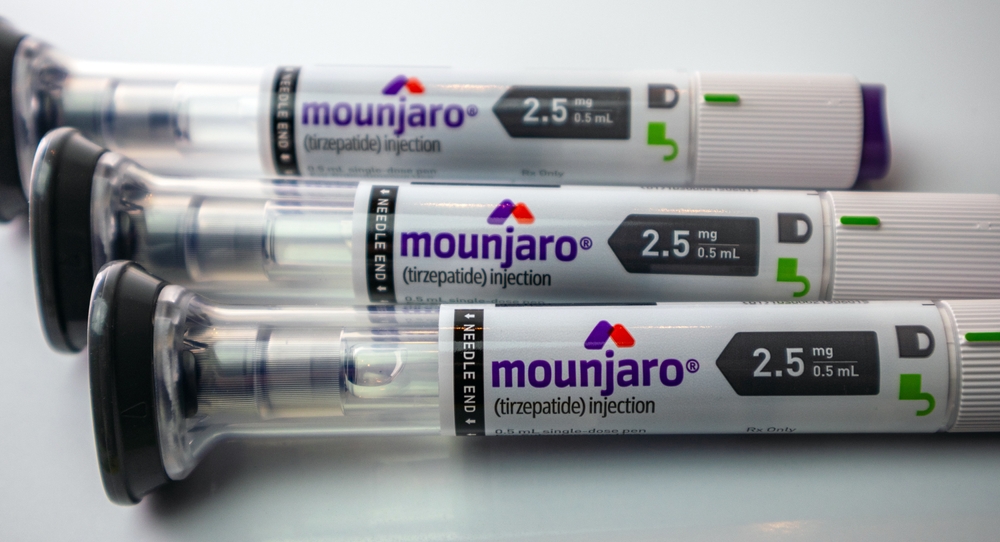The nature of weight loss has changed significantly in the last few years. People have struggled for years with obesity and diabetes, with traditional management methods often not offering the fast impact that many people need. These days, there are medicinal routes that can support people in the battle, with many arguing that Mounjaro (tirzepatide) is the best option on the market. However, before you go injecting yourself, it’s important to understand the more and less common Mounjaro side effects, so you can choose your treatment path with confidence.
The drug is designed to stimulate insulin release (for type-2 diabetics), along with supporting a longer-lasting full feeling in the stomach. However, the side effects of Mounjaro are uniformly positive. This blog will share insights into the various impacts tirzepatide can have on the body, ensuring potential patients aren’t caught off guard by treatment or consultancy.
The most common Mounjaro side effects are based in the gut
When Eli Lilly developed Mounjaro, they expected some side effects. The most common of which are generally fairly closely related to the desired effects of the drug. Some of the most reported side effects of taking Mounjaro include:
- Nausea and vomiting
- Diarrhoea
- Constipation
- Stomach aches
- Bloating
- Unpleasant burps
- Indigestion
- Gas
Generally, more than 1 in 10 people who take Mounjaro will experience these kinds of side effects, especially early on. However, it’s important to note that they’re generally not severe, and if they become so, you should consult your doctor immediately.
Other common Mounjaro side effects can spread a little further
While the first mounjaro side effect you notice will generally be somewhere in your gut, the impacts can spread further. Some patients have reported or been observed to experience:
- Acid reflux issues
- Allergic reactions like eczema, rashes or itching
- Low blood pressure (beyond intended effects)
- Mild hair loss
- Dizziness
- Tiredness
- Stomach inflammation (gastritis)
- Gallstone development
- Increased pancreatic enzymes in the blood
These side effects are less common, but still come up quite often among Mounjaro patients. They should come and go within a few weeks, however, if they don’t or become more severe, a doctor must be consulted as soon as possible.
Less common side effects of Mounjaro need immediate attention
It’s important to keep an eye out for the less common side effects of Mounjaro for non-diabetics and diabetics alike. These are more severe and can’t be ignored, including:
- Increased heart rate
- Faster gallstone development
- Intense pain during injections
- Sudden, sharp and severe pains in various parts of the stomach
If any of these side effects turn their heads, get in touch with a doctor immediately. Some might also experience anaphylaxis if seriously allergic, and must be cared for very quickly.
Mounjaro long-term side effects
Ideally the only long-term side effect of Mounjaro would be a better physique and healthier lifestyle. However, some of the negative long-term effects can include lasting digestive problems, kidney issues, gallbladder sensitivity, pancreatitis and even pancreatic cancer. These impacts are uncommon, however, they are possible.
Is Mounjaro right for me?
It’s important to note that the side effects described in this blog vary in terms of commonness, while generally being reversible and avoidable when treated with care. If you’re wondering if tirzepatide treatment through Mounjaro is right for you, taking a dedicated assessment is the best next step.
Start your weight loss journey today and stay informed throughout.













